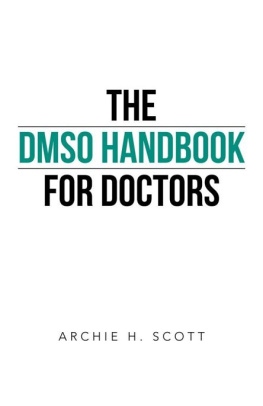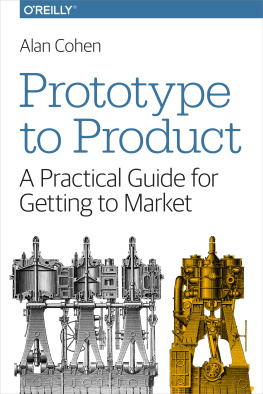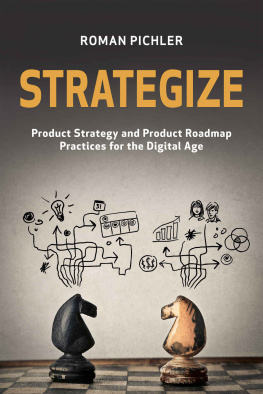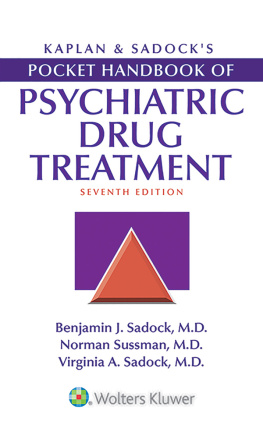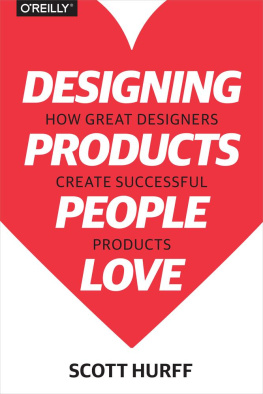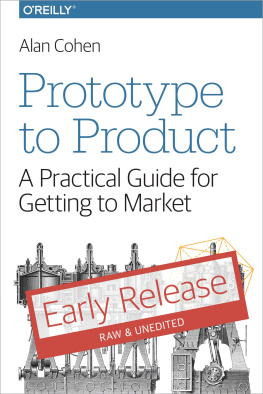The DMSO
Handbook
for Doctors
Archie H. Scott
iUniverse, LLC
Bloomington
Liberated by:

2015.02.01
THE DMSO HANDBOOK FOR DOCTORS
Copyright 2013 by Archie H. Scott.
All rights reserved. No part of this book may be used or reproduced by any means, graphic, electronic, or mechanical, including photocopying, recording, taping or by any information storage retrieval system without the written permission of the publisher except in the case of brief quotations embodied in critical articles and reviews.
The information, ideas, and suggestions in this book are not intended as a substitute for professional medical advice. Before following any suggestions contained in this book, you should consult your personal physician. Neither the author nor the publisher shall be liable or responsible for any loss or damage allegedly arising as a consequence of your use or application of any information or suggestions in this book.
iUniverse books may be ordered through booksellers or by contacting:
iUniverse
1663 Liberty Drive
Bloomington, IN 47403
www.iuniverse.com
1-800-Authors (1-800-288-4677)
Because of the dynamic nature of the Internet, any web addresses or links contained in this book may have changed since publication and may no longer be valid. The views expressed in this work are solely those of the author and do not necessarily reflect the views of the publisher, and the publisher hereby disclaims any responsibility for them.
Any people depicted in stock imagery provided by Thinkstock are models, and such images are being used for illustrative purposes only.
Certain stock imagery Thinkstock.
ISBN: 978-1-4759-9792-7 (sc)
ISBN: 978-1-4759-9793-4 (ebk)
Library of Congress Control Number: 2013912102
iUniverse rev. date: 07/02/2013
Contents
There are many people who have provided information and encouragement to the author over the years that he has been involved in research and investigation of DMSO.
Stanley Jacob M.D., the father of DMSO and my mentor, provided me much early information on DMSO and was the person most responsible for getting me interested in DMSO and medical research and treatment in general.
Frank Cousineau and Lorraine Rosenthal of the Cancer Control Society have always given information and encouragement.
Others who have had a major influence either on this book or on my experience with DMSO or health information or products in general include Linda Walton, Dr. Veronika Voss, Dr. Carolyn Goldman, Irving Schultz, Gary Schultz, Irving Schaeffner MD, Marjorie Ward, Leona Reams, Travis Thomas, and Evelyn Jackson.
We would also like to thank Jessica Jay Yurick for her typing and computer skills.
Ron Bronson proved to be an excellent editor with a great ability to spot errors.
Two organizations also deserve recognition for what they have done for medical and health research and information. These are the New York Academy of Sciences and The Cancer Control Society. Both of these organizations are known for providing honest, reliable information.
We have known Archie Scott since 1976. He did not introduce us to DMSO, but he did provide practical knowledge in how to use DMSO to improve daily life. Further, he provided the inspiration to share the knowledge with family, friends and colleagues.
Over the years since we met, we have increased our knowledge exponentially from discussions and collaboration with Archie. His knowledge of the compound is tremendous. His practical applications in the clinical setting are well-known to physicians in the United States and Mexico, plus numerous other countries around the globe. Archie is among the top two or three world-wide sources for valuable, accurate information related to DMSO, its properties, its uses and its applications in the clinic, home and work place.
This volume is designed to be of benefit to clinician, researcher and ultimate consumer. It contains the references necessary to satisfy the medical professional and technical information so the practicing physician can administer DMSO to his patients. Every emergency room should have this book in order to save lives from a wide variety of medical conditions. The use of DMSO in veterinarian medicine is well-known and accepted. It is time for human medicine to adopt its near miraculous benefits without the negative effects associated with toxic and potentially fatal pharmaceutical products.
A bottle of DMSO should be in the locker room of every athletic facility and First Aid Kit of every athletic Coach and Trainer. This book should be included with the bottle of DMSO.
This book is also written so the non-professional can read it and benefit from the safe and effective properties of DMSO. It is organized in a logical format to make it easy to use as a convenient and accessible reference.
Archie Scott has provided a very valuable benefit to mankind with the publication of this book. His raison detre is to alleviate suffering and advance scientific knowledge. We believe this compact volume will do both.
Frank Cousineau
President, Life Support
President, Cancer Control Society
President, International Association
of Cancer Victors and Friends
May 2013
Chapter 1
Dimethyl sulfoxide, commonly called DMSO, has been described by its supporters (nearly everyone who has ever used it) as a true medical miracle. It has been used in the treatment of hundreds of ailments that afflict people throughout the world. In fact, by itself, or in combination with other medications, DMSO has proven useful in the treatment of practically every medical problem known.
What is DMSO? It is a natural chemical compound derived from trees as a by-product from the manufacturing of paper. It is composed of two methyl groups (CH3) and a sulfur and an oxygen atom. It was first synthesized by a Russian chemist, Alexander Zaytsev, in 1866. For over eighty years DMSO was basically ignored. During the late 1940s industrial chemists started investigating the solvent capabilities of DMSO. Improved solvents were needed, and there was interest in utilizing tree derived waste products.
Commercial development of DMSO was started in the 1950s. Crown Zellerbach, a large American paper manufacturing company, started producing DMSO during this time and became the largest producer of DMSO in the world. At this time Robert J. Herschler was the supervisor of applications research in the chemical products division of the Crown Zellerbach plant in Camas, Washington, which is across the Columbia River from Oregon Health Sciences University. As a chemist Mr. Herschler conducted research on DMSO and other tree derived chemicals.
Stanley W. Jacob, M.D. was head of the organ transplant team at the University of Oregon Medical School which is now called Oregon Health Sciences University. He needed a way to preserve transplant organs at a low temperature without the formation of ice crystals. Various products and procedures were tried without success. Before DMSO there was no way to preserve organs without the formation of ice crystals which killed the tissue.
In 1961 Dr. Jacob and Robert Herschler met for the first time, and Dr. Jacob was introduced to the anti-freeze capabilities of DMSO. The preservation of transplant organs is still one of the many uses of DMSO. While 100% DMSO will freeze at 66 degrees, a 50% mixture of DMSO and water will not freeze at temperatures far below the freezing point of straight water.
Dr. Jacob soon discovered that DMSO had many other properties that would later prove to make DMSO one of the most important medical products ever discovered. Just a few of these properties, or even one by itself, could make DMSO an important product in the treatment of a wide variety of conditions. When all these properties are combined in one substance, we have a truly amazing product.
Next page
